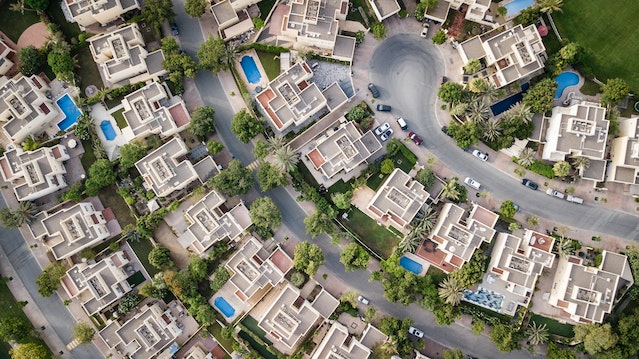The real estate housing market is a vital component of any economy, serving as a barometer for economic growth and stability. As we delve into the year 2023, it is crucial to assess the prevailing trends and factors shaping the industry. This blog post aims to provide a comprehensive analysis of the current state of the real estate housing market, exploring key aspects such as housing demand, affordability, technology’s impact, and emerging trends.
1. Housing Demand and Supply:
In 2023, the demand for housing continues to remain strong, driven by a growing population, urbanization, and changing lifestyle preferences. However, the supply of housing has been struggling to keep pace with this demand, leading to a persistent housing shortage in many regions. Factors such as labor shortages, rising construction costs, and zoning regulations have contributed to the challenge of meeting the housing needs of the population.
2. Affordability Concerns:
One of the most significant challenges faced by homebuyers in 2023 is the issue of affordability. As property prices have soared in recent years, particularly in urban areas, owning a home has become increasingly unattainable for many individuals and families. The combination of high demand, limited supply, and speculative investments has fueled housing price growth, outpacing income growth and pushing affordability to the brink.
3. Technology and Digital Transformation:
Technology continues to revolutionize the real estate housing market, transforming various aspects of the industry. From online property search platforms to virtual reality tours, technology has made it easier for buyers and sellers to connect, evaluate properties, and complete transactions remotely. Additionally, the rise of smart homes and Internet of Things (IoT) devices has brought increased convenience, energy efficiency, and security to residential properties.
4. Sustainability and Green Initiatives:
With the growing focus on environmental consciousness, sustainable and green housing has gained prominence in 2023. Homebuyers are increasingly seeking energy-efficient properties equipped with eco-friendly features such as solar panels, rainwater harvesting systems, and smart home automation for efficient energy management. Governments and developers alike are incentivizing the adoption of sustainable practices and green building certifications to reduce the carbon footprint of the housing sector.
5. Shift in Housing Preferences:
The COVID-19 pandemic has significantly influenced housing preferences, with remote work and lifestyle changes prompting shifts in buyer priorities. In 2023, there is a rising demand for larger homes with dedicated office spaces, outdoor areas, and access to nature. Suburban and rural areas have witnessed increased interest as individuals and families prioritize spacious living environments away from crowded cities. The concept of “15-minute cities,” where residents can access essential services and amenities within a short distance, has also gained traction.
6. Rental Market and Co-living Spaces:
The rental market has experienced its own set of dynamics in 2023. While the demand for rental properties remains strong, rental rates have been affected by affordability concerns and supply constraints. As a result, shared living spaces and co-living arrangements have emerged as alternatives, particularly among young professionals and millennials. Co-living spaces provide affordable and flexible housing options, encouraging social interaction and community living.
7. Impact of Government Policies:
Government policies continue to play a crucial role in shaping the real estate housing market. In response to the affordability crisis, policymakers have implemented measures such as tax incentives, subsidies, and relaxed regulations to promote affordable housing development. Additionally, governments are increasingly focusing on improving infrastructure, transport connectivity, and urban planning to support sustainable growth and alleviate housing pressures.
The real estate housing market in 2023 presents a complex landscape marked by robust demand, affordability challenges, technological advancements, and evolving preferences. Striking a balance between supply and demand remains a key challenge

